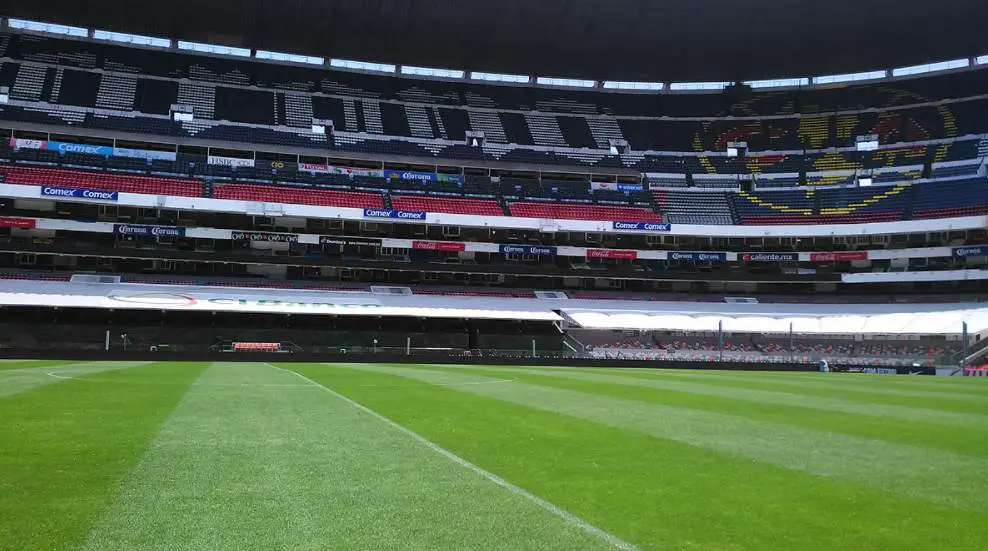Very few stadiums in the world have such a rich history as this astounding sports temple in Mexico City, the capital of Mexico. After all, God himself once scored a goal here.
In this article, you’ll discover some of the most interesting facts about the Estadio Azteca, one of the largest stadiums in the world that has multiple fascinating stories to tell.
1. It’s located in the southern part of Mexico City
The Estadio Azteca is an enormous stadium located in the Tlalpan District of Mexico City, one of the 16 boroughs that make up this huge metropolis. It’s situated in the southern part of the city and at quite some distance from the historical center of the city.
The stadium can easily be reached, though, because there’s a train station located just nearby which is connected to the Mexico City metro lines.
The stadium is used for a wide variety of purposes but the most famous usage is football games (Or soccer as association football is called in 9 countries). It is the permanent home of both Club América and Cruz Azul, as well as the Mexican National football team.
Other events in the stadium are American football games, boxing matches, concerts, Christian events, and even funeral services have taken place here.
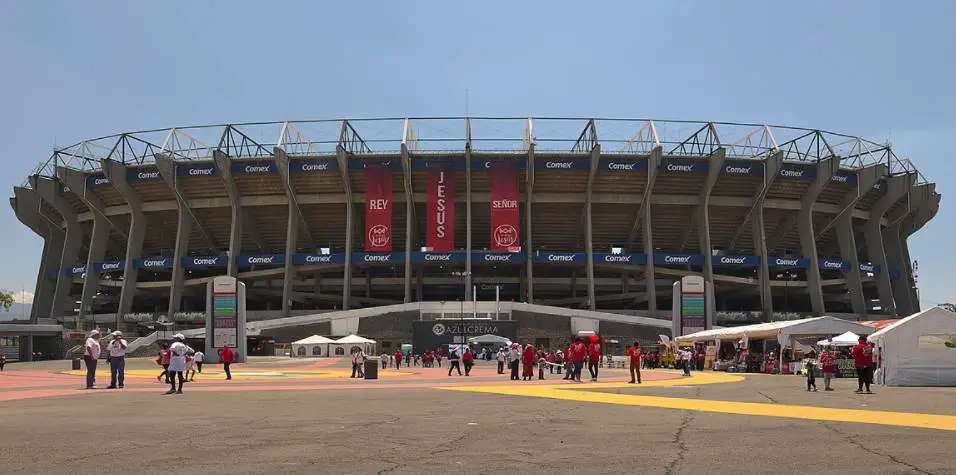
2. The stadium was completed during the 1960s
The construction of this huge structure started way back in 1961 and it would take 5 years to complete. The inaugural match of the stadium took place on May 29, 1966, a game played between Club América and Torino F.C.
Shortly after this first match was played, a lighting system was integrated into the stadium as well which allowed for games to be played at night. The first game at night was a match between Valencia C.F. and Necaxa on June 5, 1966.
The stadium has been renovated quite a few times throughout its history, including for the FIFA World Cup in 1986, as well as in 1999, 2013, and 2016.
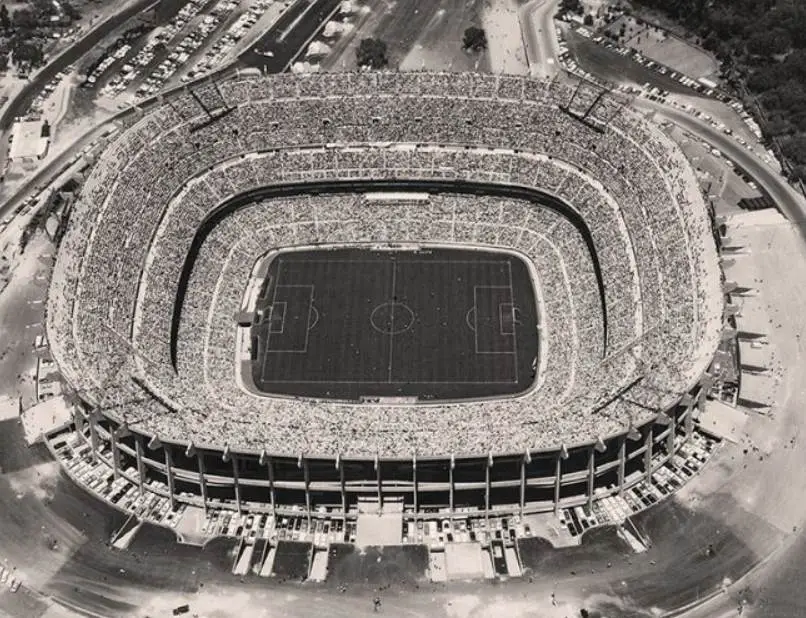
3. It’s the largest stadium in Mexico but used to hold a lot more
Today, the capacity of the stadium is 87,523 seats, including 856 executive suites. This is a number that makes it the largest stadium in Mexico and the 21st-largest stadium in the world.
It used to hold a lot more people, though, but the number has been drastically reduced during several renovation phases. The first game in the stadium was played in front of an audience of 107,494 spectators.
The record attendance at the stadium was during a match between Mexico and Brazil on July 7, 1968, a game witnessed live by 119,853 people.
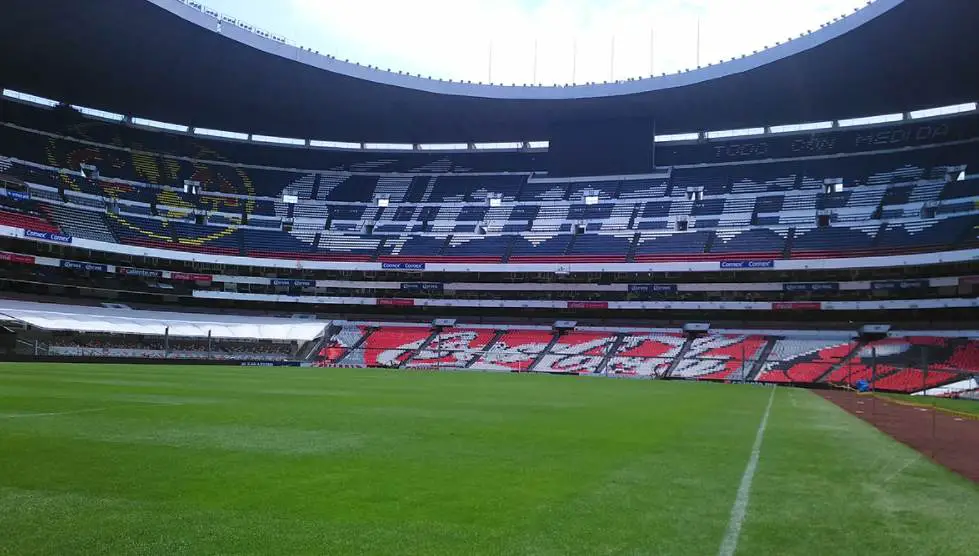
4. It has been the venue of countless important games
Even though it’s not the only stadium in the world to have hosted 2 FIFA World Cup Finals, it was the first to achieve this number. That’s because it was the host of both the FIFA World Cup of 1970 (Brazil vs Italy 4-1) and the FIFA World Cup of 1986 (Argentina vs West Germany 3-2).
The most exciting game of the 20th century, fittingly referred to as “The Game of the Century,” was also played here. This was a game during the 1970 World Cup, a semi-final played between Italy v West Germany.
What made this game so special is that it ended in a 4-3 victory for Italy with 5 of the 7 goals scored in extra time. A plaque commemorating this game hangs on one of the walls of the stadium.

5. It was here that Maradonna scored the “Hand of God Goal”
There are more plaques, and apart from one commemorating the first goal scorers at the stadium, one very special one as well. It’s in this stadium that Maradonna scored a peculiar goal during the Quarterfinals of the World Cup 1986 against England.
This goal is referred to as “The Hand of God Goal,” because it was clear that the late Diego Maradonna scored the goal with his hand instead of his head. You can see footage of this infamous goal below:
He went on to score another amazing goal during this game, dribbling all England defenders after starting from his own half.
This goal is referred to as the “Goal of the Century” and you can enjoy the genius of the late Maradonna here:
More interesting facts about the Estadio Azteca
6. Playing at this remarkable stadium isn’t the easiest thing to do, mainly because it’s located at an altitude of 2,200 meters (7,200 feet) above sea level.
7. The Estadio Azteca is the venue in which both Pelé and Maradonna, two of the greatest football players of all time, won their final world cup in 1970 and 1986 respectively.
8. Even though the FIFA World Cup of 1970 is considered to be the first major tournament played here, the stadium was also the venue of the football games at the 1968 Summer Olympics 2 years earlier.
9. The final renovation phase of the stadium was completed in 2016. Even though it seriously reduced the overall capacity of the stadium, it was transformed into a modern football temple featuring a large number of suites and all the comfort needed to enjoy an amazing game.
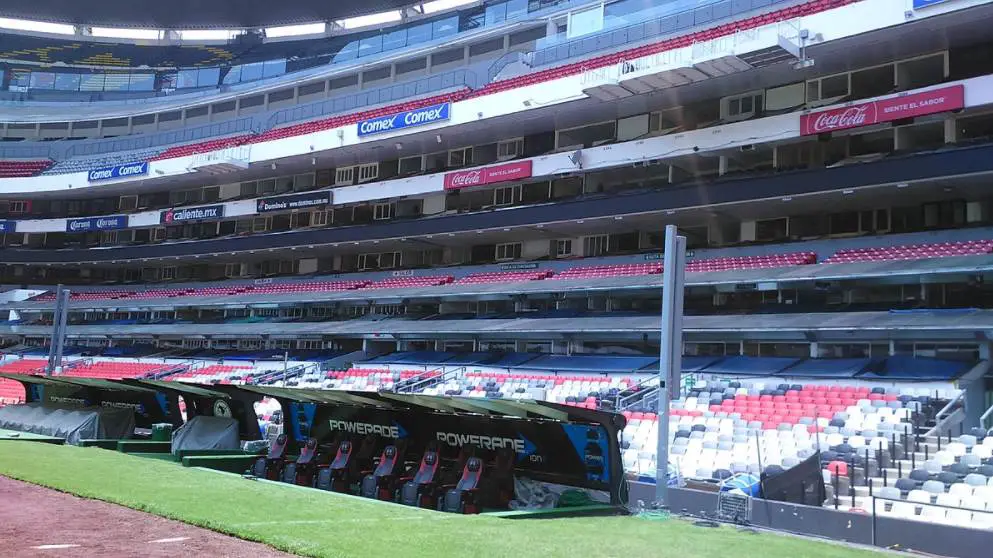
10. The stadium is owned by “Grupo Televisa,” a Mexican multimedia company. Their main competitor is called “TV Azteca.” They caused quite a bit of commotion by changing the name of the stadium to “Estadio Guillermo Cañedo” in honor of a famous Mexican entrepreneur and football manager.
The stadium was named after the Aztecs in honor of the people who used to live in the region of Mexico City, so this name change wasn’t been adopted by the general public and they didn’t pursue a legal struggle over it.
A nickname of the stadium is the “Coloso de Santa Úrsula,” a reference to both the huge size of the stadium and the neighborhood it’s located in.
11. Even though Cruz Azul, a Mexican football team of the Liga MX, now plays at the stadium, this move isn’t permanent. That’s mainly because their own stadium, the Estadio Azul, an old and outdated venue, is up to be demolished.
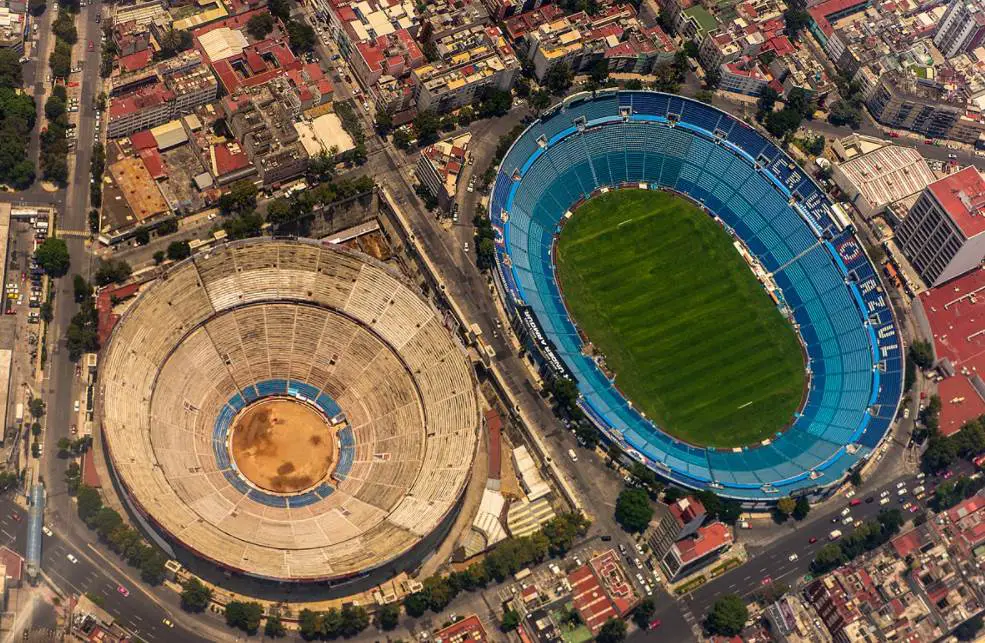
They plan to build a new stadium as a replacement but this process hasn’t started yet and the demolishing of their old stadium was put on hold back in 2018 as well.
12. The FIFA World Cup of 2026 is scheduled to take place in the United States, Canada, and Mexico, and the Estadio Azteca will be a prominent venue during this tournament. This means that we will see a lot more of this amazing sports venue shortly!
